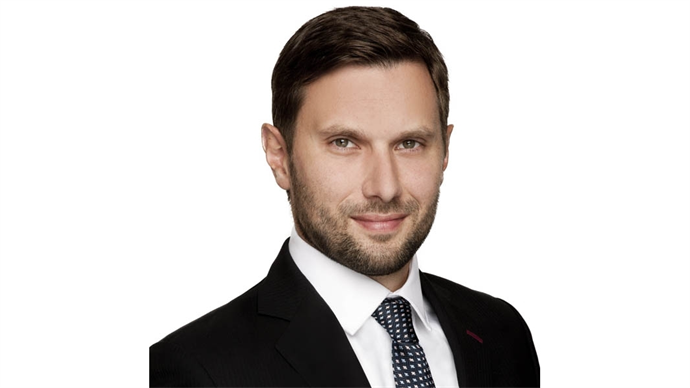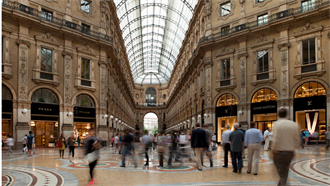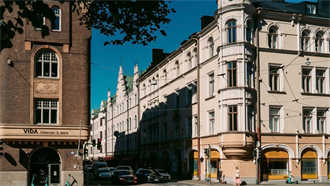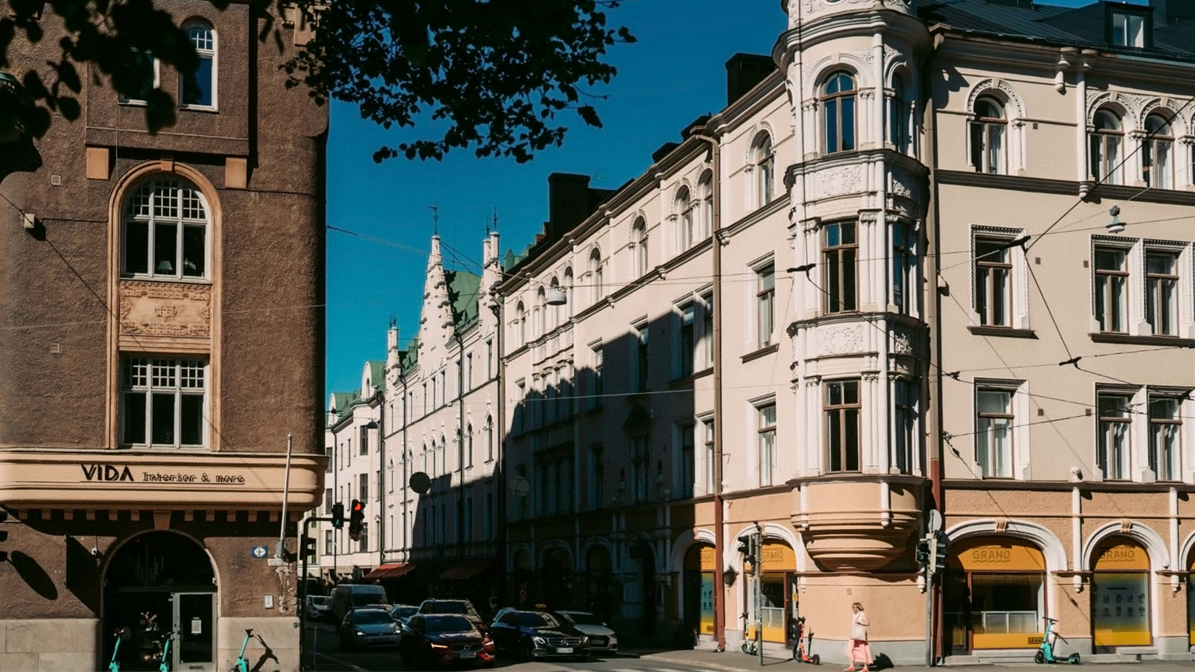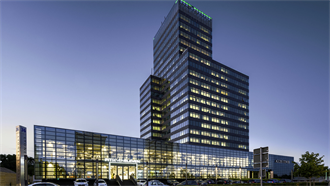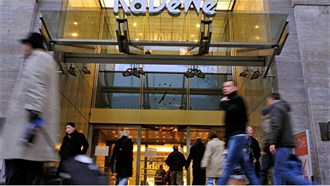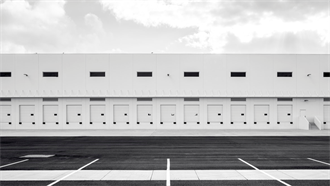A new report by global law firm CMS, real estate professional services company Colliers International and global HR services provider Randstad sheds light on why Central and Eastern Europe (CEE) is best placed to satisfy occupier and investor demands for cost-effective and dependable industrial & logistics facilities in a (post)-Covid environment.
Covid-19 has exposed the vulnerability of global supply chains everywhere and heightened the need to prioritise secure delivery channels.
In their recently published report ‘ExCEEding Borders: Industrial & Logistics in CEE-17’, CMS, Colliers International and Randstad highlight CEE’s attractions as a location in the face of growing global demand for warehouse and manufacturing space, which has been accelerated by the pandemic.
In a Q&A with PropertyEU, Lukas Hejduk, CMS’s Head of Real Estate in CEE, explains what makes the region a superior industrial and logistics destination in Europe, both for I&L operators and investors, and why it will remain a winner in the post-pandemic era.
He also outlines how with expert insight and on-the-ground knowledge, first-time and existing investors can get an edge on the competition in sourcing the best opportunities and deals in the region.
Can you highlight some key findings for investors in this report?
Hejduk: The report reaches several important conclusions. Firstly, in recent decades, countries in the wider CEE region have attracted significant levels of foreign investment. The well-educated labour force and lower labour costs than in Western Europe, combined with rapidly developing infrastructure and good transport links to the rest of Europe, as well as tax exemptions and preferences for investors, are just some of the reasons why numerous companies have decided to open manufacturing facilities and distribution centres in CEE.
Given that industrial output is near record levels in most CEE countries, the region has undeniably become a magnet for manufacturing and logistical operations. Bespoke legal incentives are available to I&L investors in many countries. Legal advisers can play an important role not only in helping to mitigate risk but also in steering investors to opportunities offering innovation and financial rewards.
During the pandemic, we have recorded more demand for short-term leases to cope with additional demand for space. Typical lease lengths across the region range between three and five years for logistics, and over five years for production. Rents across the region have been largely stable, with growth recorded in the most sought-after locations, and where availability is limited. We expect this trend to continue, particularly as demand has been good and construction costs have also been on the rise over the past few years.
There are a number of CEE-17 countries offering incentives to encourage Industrial and Logistics development. Can you highlight a few examples?
Hejduk: Incentive programmes are a good tool for governments to steer investments into priority sectors. Countries and regions are at different levels of economic development and have different needs and priorities. Some countries focus on attracting investment to reduce unemployment and boost the economy, while others focus on higher added value investments.
For example, in the Czech Republic, which focuses on modernising its economy, the range of incentives would be bigger (and thresholds to get the incentives would be lower) for ‘strategic investments’ such as technology centres, data centres and high-tech centres, than for manufacturing facilities. Romania, on the other hand, promotes job creation and economic growth, and thus incentives are available to more traditional manufacturing activities. In many countries, industrial and logistics incentives are directed to priority (or troubled) regions. Cases in point are special economic zones in Poland, the Ida-Viru region in Estonia, or Eastern Slovakia.
CEE-17 countries trail other European markets when it comes to online sales of consumer goods. Has Covid-19 accelerated this demand and, in turn, boosted demand for distribution hubs in the region?
Hejduk: Yes, it has. During the lockdown, most physical retail outlets were closed, shopping centres in particular, which led to a greater increase in demand for online retail. Initially this was focussed on groceries and essential items but it then spread to DIY/hobby goods, gardening, sports and a variety of electronics and online entertainment products. Other sectors such as fashion and footwear are reported to have not done so well during these times, to the extent that some of these brands are seriously looking at pulling out of physical retail altogether and going online. All of this means that demand for I&L property can only increase.
Although the data around e-commerce is a little challenging to source and comprehend, the percentage of goods purchased online versus traditional methods is still fairly low in many markets. However, this trend is certain to grow and the demand for space to accommodate this will also increase.
The CEE region is group of countries with different social, political and economic circumstances, how important is it to understand the individual complexities of each when making investment decisions?
Hejduk: Generally speaking, CEE is quite a heterogenous region, with some countries regarded as high-income by the World Bank (mostly the EU member states), although none are yet on a par with the likes of Germany. Others in the upper-middle income group and Ukraine trail the pack in the lower-middle income category.
Thus, while it is important to note the differences among individual countries, there are also many similarities. Ultimately, investment decisions should be discussed with on-the-ground experts who can provide the required insight.
Why does the CEE region present a compelling investment opportunity in a post-Covid-19 world?
Hejduk: CEE will likely be a net beneficiary in the I&L sector post-Covid. The world has realised the vulnerability of global supply chains and the trend will be to prioritise secure delivery channels, even if at slightly higher costs than ultra-cheap manufacturing hubs in Asia. Europe is the world’s second-largest economy. CEE is in Europe, is well connected to the rest of Europe, and has cheaper labour costs than most of Europe. Combined, that makes a very compelling case for I&L investments. The region has been an attractive I&L destination for years and will continue to be so, especially if the constituent countries continue to invest in their infrastructure.

